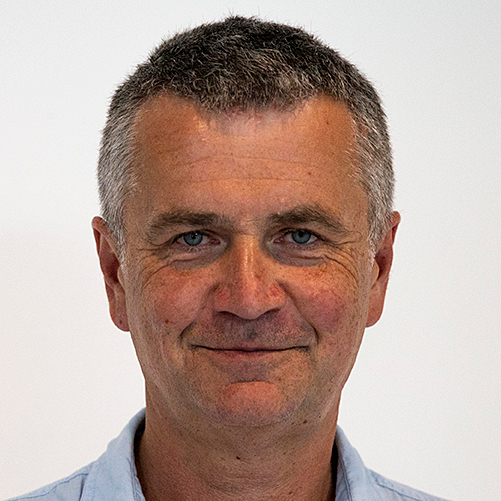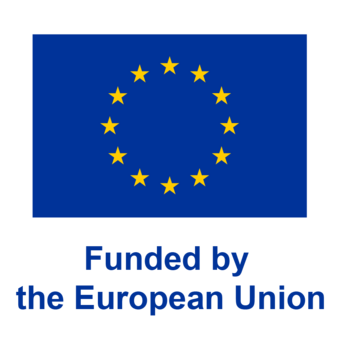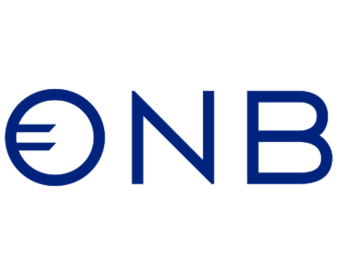Prof. Dr. Jozsef Csicsvari

The primary research interest of the Csicsvari group has been to understand the network mechanism behind spatial learning, particularly pinpointing and characterizing network events that contribute to the acquisition, consolidation and recall of spatial memories and their potential refinement. Specifically, they use multichannel recordings and optogenetic circuit alterations to identify circuit interactions and cell assembly coding that are involved in spatial learning and memory formation. They also investigate the circuit mechanism behind network oscillations, spatial coding, and the role of interneurons in circuit functions related to these processes.
Focal points of interest
The Csicsvari group investigated the role of hippocampal interneurons in various circuit functions. Their early work quantified the activity of CA1 interneurons during gamma (40–80 Hz) oscillations and hippocampal sharp wave ripples during both waking and sleep periods, suggesting a role in regulating and timing the activity of pyramidal cells. They also demonstrated their role during the spatial coding of place cells by showing that distinct interneuron groups are associated with specific hippocampal place maps while these maps rapidly alternated (flickered) during spatial learning. Moreover, they showed that inhibitory control on place cell firing can induce the remapping of place fields or induce lasting changes in their firing rate. Recently, by optogenetically disrupting the activity of CA1 CCK interneurons, they demonstrated their role in spatial coding and memory replay. They showed that CCK interneuron suppression disrupts the temporal coding ability of place cells during theta phase precession but enhances trajectory replay both in waking activity and sleep.
They also probed plasticity in interneuron circuits in behaving animals and showed that pyramidal-interneuron connections are altered while animals learn a discrete set of reward locations and that these changes are maintained even several hours later during memory recall. They were also able to alter monosynaptic pyramidal cell interneuron connections through optogenetic manipulations, suggesting a role in activity-dependent Hebbian and anti-Hebbian plasticity.
Technical proficiency and instrumentation
The Csicsvari group uses multichannel extracellular recording in behaving animals to record the activity of many neurons at the same time and local field potentials to identify network oscillations. The technique has been constantly refined over the years, enabling the use of more electrodes (up to 128 channels) and, lately, combining it with neuropixel probes. They have been using increasingly more complicated behavioral paradigms in these recordings. In some experiments, they combined multichannel recordings with optogenetics to inhibit or scramble the activity of pyramidal cells or specific interneurons. Sometimes, light application was triggered by on-the-fly decoding of neuronal activity in a closed-loop stimulation paradigm.
Aspirations for the next 5 years
The primary aim is to provide a circuit-level understanding of the role of interneuron populations in spatial learning and memory recall by focusing on the hippocampus and medial entorhinal cortex. They will also investigate the presence of interneuron plasticity and its role in spatial learning using complex learning paradigms. Finally, they will test how connection changes in the inhibitory circuit alter network dynamics and contrast it with network simulations (collaboration with Vogels Group).
References
- Rangel Guerrero DK, Balueva K, Barayeu U, Baracskay P, Gridchyn I, Nardin M, Roth CN, Wulff P, Csicsvari J (2024) Hippocampal cholecystokinin-expressing interneurons regulate temporal coding and contextual learning. Neuron 112, 2045–2061.
- Gridchyn I, Schoenenberger P, O'Neill J, Csicsvari J (2020) Assembly-specific disruption of hippocampal replay leads to selective memory deficit. Neuron 106, 291–300.
- Boccara CN, Nardin M, Stella F, O’Neill J, Csicsvari J (2019) The entorhinal cognitive map is attracted to goals. Science 363, 443–144.





